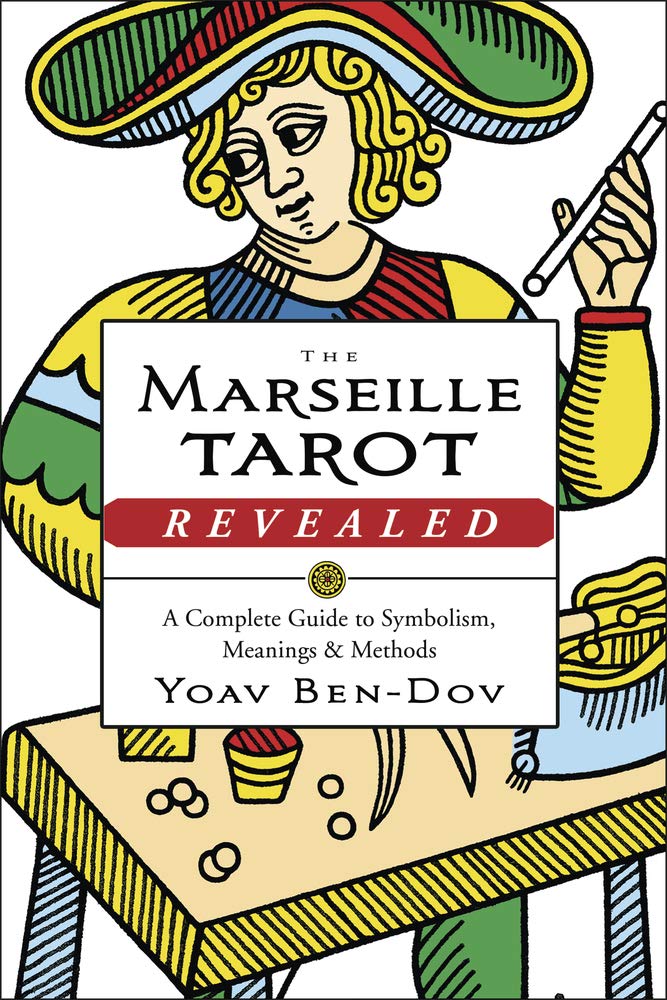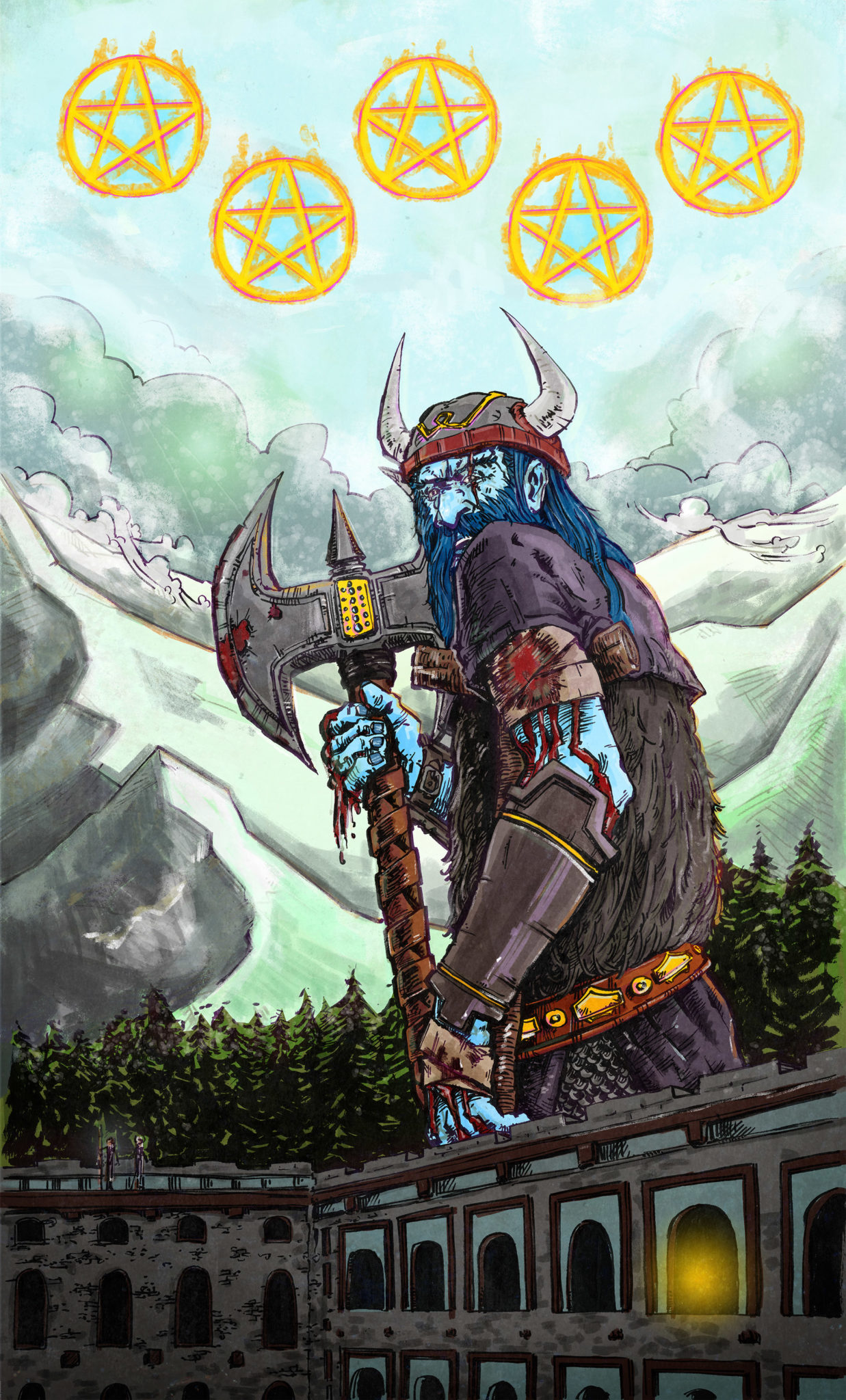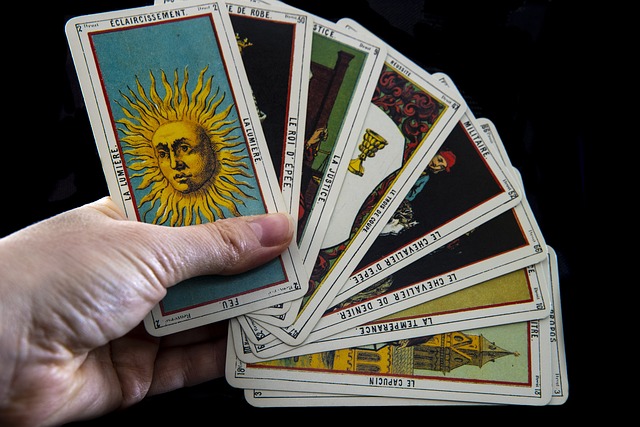
Palmistry is an ancient art that uses the hands as a map to understand your personality. This map can reveal everything, from your history to your personal potential. Through interactive illustrations and a palmistry book, you will learn how to interpret your hand's energy. The book will help you to identify the different types of hands and the meaning of the lines and markings on your fingers. You'll also learn about the rings on your hands and what they mean.
Hands: A Comprehensive Guide for Palmistry
The hand is an important part of a person's personality, so it makes sense to learn how to interpret its shape and features. The four basic shapes that make up the hand are water, fire, water, or earth. Each of these elements has specific characteristics that reflect aspects of a person's character and personality. These characteristics are reflected in the lines and creases on the hand.
LifePrints. Your Fingerprints are the Key to Your Life's Meaning
Our fingerprints are uniquely ours. For over a century, we have used our fingerprints as a way to identify ourselves. But did you know that your fingerprints could also be used to help us find our purpose in life? Richard Unger, an author, shares how fingerprints can be used to help you find your purpose in life.

The unique fingerprints we make five months before we are born are called fingerprints. They are the best way to identify yourself. Richard UNger's unique approach to self-discovery offers a daily compass of meaning.
Cheiro, the Palmist
Cheiro the Palmist, a well-known palmist, predicted the future right up to the hour. Despite his fame, Cheiro was a lonely man who resisted social bonds. His lonely life nearly killed him. While he had many admirers, Cheiro wasn't able to write books on his techniques and methods.
Cheiro the palmist is one among the most influential palmists. He is known for his revelations about the Line of Life. He believed the Line of Life was applicable to all aspects of life. The line should be long, thin, and deep. Good health is achieved when the line is both long and deep.
Benham Book of Palmistry
In 1900, this practical work on palmistry was published for the first time. It contains over 800 illustrations from real life and a wealth of information on palmistry. This treatise includes the Basics of our Work, Plan of Creation Mount Types Life Current, General Atributes of Lines and Pose & Carry of Hands.

Benham describes different hand formations known as mounts, and explains that each mount represents distinct virtues and faults of a person. Similarly, each mount represents a different astrological sign. Jupiter, for example, is the sign Jupiter while Saturn, the sign Saturn, is the sign Saturn. Venus is the sign of Venus.
Eason's Palmistry Book
Cassandra Eason’s A Little Bit of Palmistry offers a good introduction into palm reading. It covers the main lines of the palm and how they are interpreted, the head, heart, and lines of life and fate, along with other important information. It is a great book to start with for beginners.
Palmistry is a great way to learn. It can be used for predicting the future, identifying challenges and opportunities, as well as determining compatibility in relationships. Many people find this to be the most fun type of divination, and it's one of the most accurate. Some books emphasize the Active hand, which represents the main writing hand. This hand can record potentials, opportunities, and challenges for a person.
FAQ
What's a hobby for children?
For kids, a hobby can be any activity that they are interested in doing as part of their everyday routine. You might find them interested in drawing, building things, painting, writing stories, playing with toys, listening to music, reading books, watching TV, and playing computer games. They may also like to play soccer, football, basketball, cricket, rugby, baseball, and hockey.
Many parents worry about their children getting into trouble if they have the freedom to do what they want. This isn't necessarily true, though. This is true even if your child isn't causing harm to anyone or their own safety, then they won't be in trouble.
It is important that people remember that simply because they love doing something does not mean they will always do it. For example, if they love drawing pictures but they hate writing, then they may decide to draw pictures instead of writing.
There are lots of different types of hobbies out there, so it's really up to you to pick one that you enjoy most.
What are some good hobby ideas?
Hobby Ideas that are great for people who enjoy teaching others.
Hobbies allow you to enjoy what you love while also learning new things.
While there are many types of hobbies available, most share the same characteristics. These hobbies are often enjoyable and require minimal effort.
These include working with others to teach someone how to use an instrument or build an airplane.
Although you might not consider yourself a teacher, there are likely things you can do to help others learn.
So if you want to be more creative in your life, consider starting a hobby where you can use your skills to help others.
What are some competitive hobbies?
There are many competitive sports, including running, swimming and cycling, as well as golfing, tennis and other activities.
These games are often played by people who enjoy exercise but also offer the opportunity to interact with others.
If your hobby involves physical activity, you will likely find other people who share it.
This could be as simple as joining a sports club where you play regularly together.
You could also opt to take part in team games that involve playing alongside others.
These include soccer (soccer), rugby, netball and hockey.
There are many kinds of competition.
Some competitions exist solely for recreational purposes.
Others are used to assess competitors' abilities.
Others are also designed to reward exceptional performance.
These cases result in prizes for the winners.
Other competitions test strength and endurance.
These are known endurance events.
For example, marathon races, triathlons, Ironman Triathlon, etc.
These events are often contested by athletes who train hard.
To prepare their bodies and minds, they will have to adhere to a strict training plan.
They might also need to be away from their homes during preparation.
It is important to keep in mind that not all athletes can compete in every event.
Statistics
- A new survey by Pew Research Center of teens ages 13 to 17 finds that 36% of girls feel tense or nervous about their day every day; 23% of boys say the same. (pewresearch.org)
- In comparison, men in the “no humor” condition were refused 84.6% of the time and were only accepted 15.4% of the time. (time.com)
- 37% Video Games 36% Travel 36% Health and Fitness (quizexpo.com)
- Almost 80% of people claim to have no hobby. (hobbylark.com)
- This 100% accurate personality-analyzing hobby quiz discovers your passion based on your characteristics. (quizexpo.com)
External Links
How To
How to begin gardening
Gardening is one of the oldest forms of agriculture. It requires patience, persistence and determination. The first step in starting your own garden is choosing a location where you want to grow food. It could be large land, or just your backyard. Next, you will need to decide which type of plants are best for you. Do you prefer flowers or vegetables? Some people enjoy growing herbs and others prefer raising livestock like rabbits. You should consider how much space you have available before deciding what types of crops you plan to plant. If your climate is cold, you may decide to plant berries and fruits.
Once you have selected the plants you wish to plant, you should prepare your soil. The soil is crucial in determining whether your plants thrive or not. The soil should be rich in organic matter to provide nutrients for your plants' roots. Organic matter is made up of leaves, twigs grass clippings, manure and compost. Once you have prepared your soil, you need to add nutrients. Depending on the type of plants you plan to grow, you may need different amounts of nitrogen, phosphorus, potassium, calcium, magnesium, boron, zinc, copper, manganese, iron, molybdenum, chlorine, sulfur, sodium, and so on. To determine these values, you can use a fertilizer calculator online. There are many fertilizers available so be sure to know what you are purchasing.
After preparing your soil and adding the proper nutrients, you now need to wait until your seeds germinate. This can take anywhere from two weeks to three months depending on where you live and how warm it is. After seeds have sprouted, water them every day. Overwatering your plants can lead to problems. Avoid overwatering your plants. Overwatering can result in root rot, fungal diseases, and even death. It is important to remember that plants will need less water in summer than in winter when watering them. You should also remember that some plants will need to dry out once they have been watered. For example tomatoes should be kept slightly moist and not wet. They don't like to sit in soggy soil. After they have finished flowering, they must go dormant. The time when plants stop producing new life and store energy for the next season is called dormancy. During dormancy, the plant stops sending signals to its roots telling them to produce food. During this period, plants continue to store energy. However, the plant will die if temperatures drop below freezing or there is insufficient sunlight.
You may be limited in what plants you can grow if you live in an urban area. Urban areas tend to contain concrete sidewalks, roads, buildings, and parking lots that block sunlight from reaching the ground. Concrete absorbs light and prevents soil below from getting sufficient sun exposure. Many plants are unable to survive in urban areas due to the lack of sunlight. There are many plants that can survive in urban environments. Many perennials, trees, and shrubs are able to adapt to urban living. In addition, many annuals can be grown indoors in containers. You can have fresh greenery all year round with container gardens.
You are now ready to plant your garden!